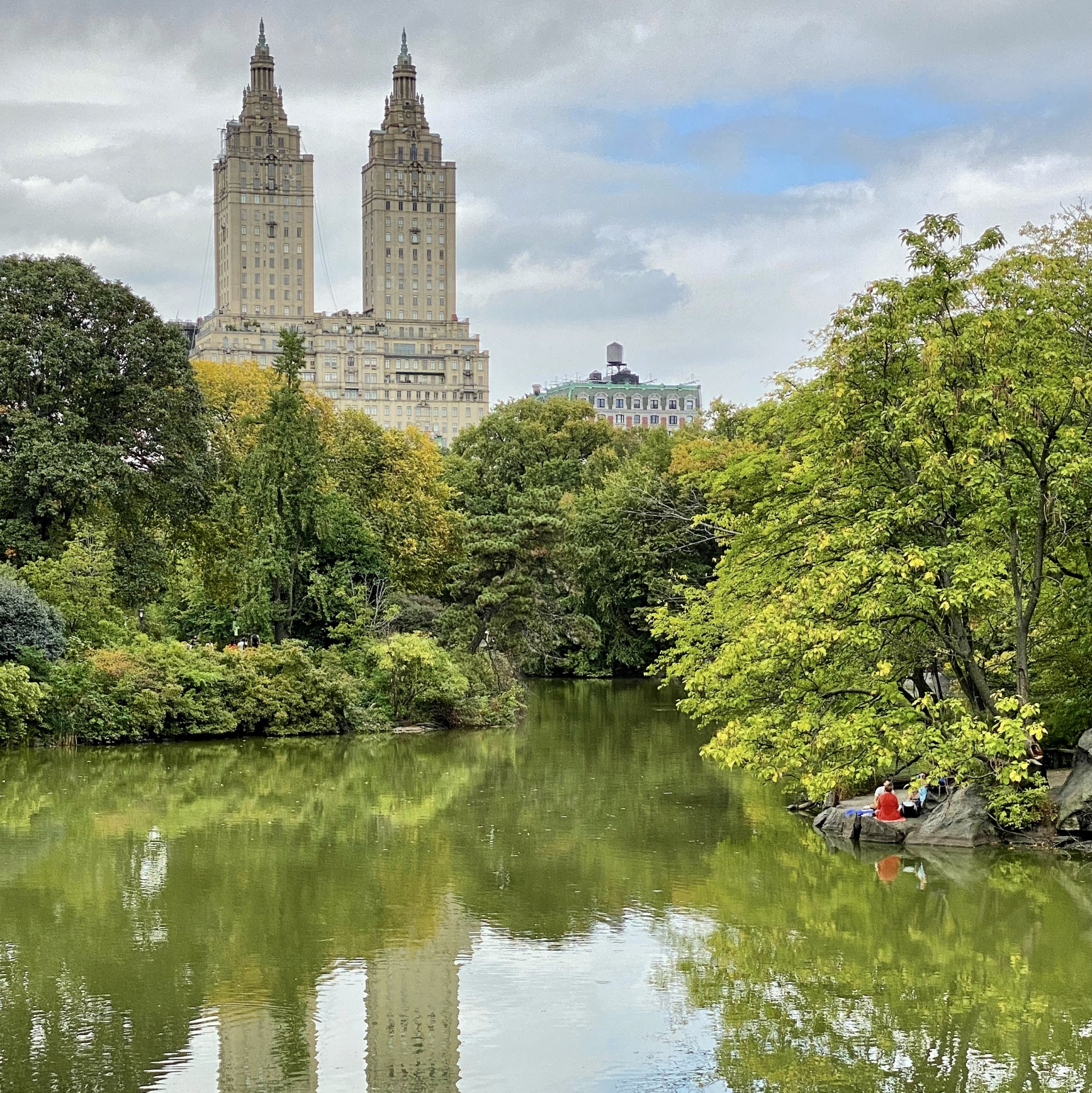Table of Contents Show
A homey and residential area, the Upper West Side is one of New York City’s most iconic neighborhoods. From the coveted views along Central Park West to the secluded and relaxing stretch of Riverside Park, trendy new restaurants next to longstanding establishments, this neighborhood effortlessly embodies the old-meets-new charm of Manhattan.
Table of Contents
The neighborhoodThe neighborhood
The Upper West Side spans from 59th Street North to 110th street across the western side of Manhattan from Central Park West to the Hudson River. It is bordered by Morningside Heights to the north, while Midtown West is along the southern border.
Like the nearby Upper East Side, the Upper West Side is traditionally considered a very affluent neighborhood. It is also known as a cultural epicenter of the city. It is also home to many of the city’s most recognized institutions, including Columbia University, Schwab Mansion, and the New-York Historical Society.
Originally settled by Dutch immigrants in the early 1700s, the Upper West Side became an industrial epicenter as home to one of the city’s main railroad lines. When the Subway expanded to the neighborhood in the early 1900s, it brought an influx of residential development and resulted in the architectural charm in the neighborhood today.
Things to doThings to do
Tucked into the western edge of Central Park sits the American Museum of Natural History. One of the largest museums globally, the museum opened in 1877 and was revered ever since and often featured in popular culture as in Night at the Museum, The Catcher in the Rye, and Friends.
Image by Wally Gobetz / Flickr
On the southern edge of the Upper West Side sits Lincoln Center, a globally recognized performance complex home to the New York Philharmonic, the New York Ballet, and the Metropolitan Opera. Opened in 1959, Lincoln Center is also known as the location of renowned performing arts conservatory Juilliard.
Another main attraction of the Upper West Side is its proximity to several of the city’s parks, including Central Park and Riverside Park. Riverside Park, which spans 4 miles between Riverside Drive and the Hudson River on the western edge of Manhattan, extends to its northern tip. The most popular area of the park stretches from W. 72nd Street up to W. 125th street. Like the Upper East Side, residents of the Upper West Side also have easy access to some of the most popular areas of Central Park, like the Jacqueline Kennedy Onassis Reservoir and the Great Lawn.
TransportationTransportation
The Upper West Side has access to two main subway routes, the 123 train that runs along Broadway and the A/C/E train that parallels Central Park West. The B train also has several stops along Central Park West and provides residents easy access to downtown and Brooklyn.
Several buses run north and south along the neighborhood’s avenues, with buses along Columbus Avenue and Amsterdam Avenue providing reliable service between subway lines. There are also crosstown buses on 66th, 72nd, 86th, and 96th Street that provide transportation across Central Park to Manhattan’s east side.
What it costsWhat it costs
Image by Frank V. /Flickr
The Upper West Side is known for being one of the city’s most residential neighborhoods. The housing stock is single-family homes, luxury condominiums, and smaller apartments, though the neighborhood is known for its iconic and picturesque brownstones.
The median sale price for homes in the neighborhood is just under $1.5 million, while the average price for square foot lands at $1,510. For renters, the median rental cost on the Upper West Side is $7,450.

